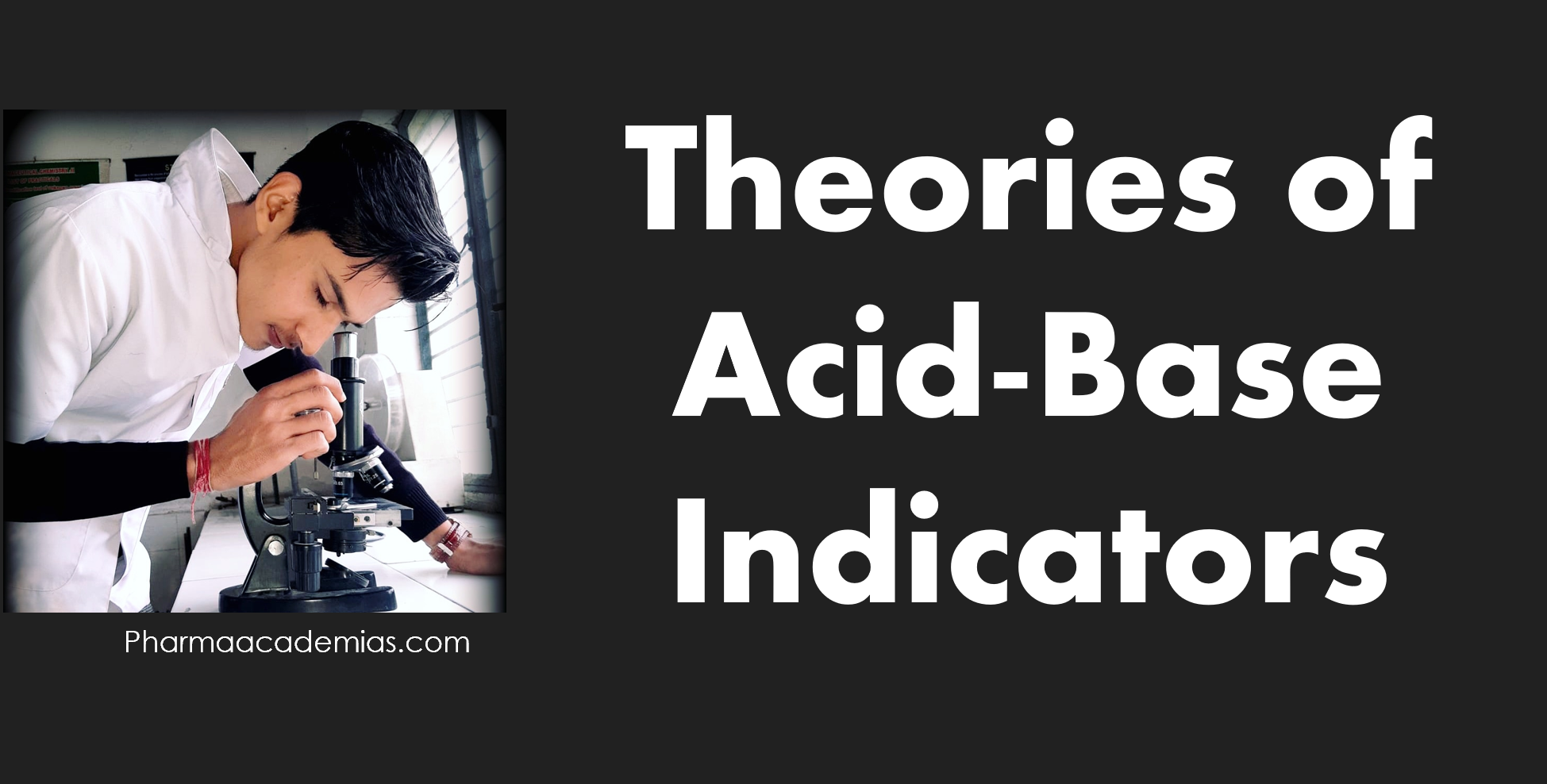Volhard’s method, also referred to as the silver nitrate titration method, represents a classical precipitation titration technique for determining the concentration of halide ions in a solution. It resembles Mohr’s method but finds primary application in determining halides other than chloride ions, including bromide (Br⁻) and iodide (I⁻) ions.The key …
Precipitation Titrations
Chemists use precipitation titrations in chemical analysis to ascertain the concentration of an analyte (the substance under investigation) by prompting it to generate a solid precipitate through its reaction with a titrant (a solution of known concentration). This approach typically concentrates on specific ions or substances that can selectively precipitate …
Estimation of Sodium benzoate and Ephedrine HCL
Estimating specific compounds in a mixture or solution involves various analytical techniques, and the methods for estimating Sodium Benzoate and Ephedrine Hydrochloride (HCl) would differ based on the specific requirements and resources available. Here, I’ll provide a general overview of how you might estimate these compounds using some common techniques: …
Acidimetry and Alkalimetry Titrations
Chemists use acidimetry and alkalimetry as two titration methods to determine the concentration of acids and bases, respectively. These titrations are essential analytical techniques in various fields, including chemistry, pharmaceuticals, environmental analysis, and industrial quality control. Here’s a note on acidimetry and alkalimetry titrations: Acidimetry 1. Definition: Acidimetry is a …
Non-Aqueous Titration
Non-aqueous titration, also known as solvent-based titration, is a type of chemical titration in which you conduct the titration reaction in a solvent other than water. Traditional titrations use water as the solvent for the reaction, but non-aqueous titrations involve employing organic solvents or other non-aqueous media as the reaction …
Neutralization Curves
Neutralization curves are graphical representations that depict the pH changes during an acid-base titration. Analytical chemists use these curves as fundamental tools to visualize the progression of a neutralization reaction. Here’s a note on neutralization curves: 1. Neutralization Reaction: Neutralization is a chemical reaction between an acid and a base …
Classification of Acid-Base Titrations
Acid-base titrations are a category of chemical titrations that involve the neutralization of an acid with a base or vice versa. These titrations are classified based on the nature of the reactants and the type of analysis being performed. Here’s a note on the main classifications of acid-base titrations: Theory …
Theories of Acid-Base Indicators
Acid-base indicators are compounds that change color in response to changes in the pH of a solution. They are widely used in acid-base titrations and various chemical analyses to detect the endpoint of a reaction. Several theories explain how acid-base indicators work and why they change color with changing pH. …
Limit Tests in Pharmaceutical Analysis
In pharmaceutical analysis, we use limit tests as a type of chemical test to ascertain the presence of specific impurities or contaminants in a pharmaceutical substance or product. These tests aim to ensure that regulatory agencies, like the U.S. Food and Drug Administration (FDA) or the European Medicines Agency (EMA), …
Sources of Impurities in Medicinal Agents
Impurities in medicinal agents, whether in pharmaceutical drugs or natural remedies, can affect their safety, efficacy, and quality. Understanding the sources of impurities is crucial in pharmaceutical development and quality control. Here is a detailed overview of the various sources of impurities in medicinal agents: 1. Process-Related Impurities: Starting Materials: …










